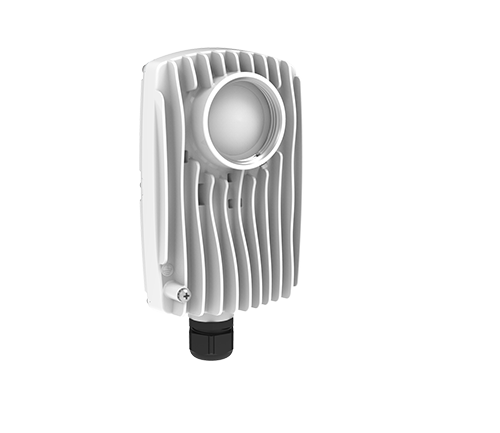Experience the perfect balance of performance and price with the new Mimosa C6x Lite Edition — built for today, ready for tomorrow.

Let's Bring Broadband Access to the Masses!
In today's hyper-connected world, broadband access isn’t a luxury — it’s a necessity. Yet countless communities across the U.S. still find themselves stranded on the wrong side of the digital divide. And it’s not just about funding or technology. Sometimes, the barriers are as simple — and as frustrating — as a railroad track, a permitting backlog, or a bureaucratic turf war. It's time we stop letting old-world infrastructure and red tape dictate who gets to participate in the digital economy.
The Invisible Wall: Infrastructure That Shouldn’t Be a Barrier
Railroads, rivers, and highways — once the arteries of industrial progress — have become unexpected roadblocks in today’s push for broadband expansion. These physical barriers often require lengthy negotiations, permitting processes, and compliance checks that can delay or even derail fiber deployments altogether. But fixed wireless access (FWA) provides a practical workaround, eliminating the need to dig trenches or secure pole attachments and enabling high-speed connectivity to reach areas that fiber simply can’t—at least not easily or affordably.
Permits, Politics, and Protectionism
In some municipalities, internal politics or competition with publicly funded networks can create roadblocks that stall private broadband deployments. Securing right-of-way permits or access to utility poles can take months—or even years—putting critical public funding deadlines, like those tied to the BEAD program, at risk. These delays go beyond inconvenience; they perpetuate inequality by preventing timely access to essential connectivity for underserved communities.
The Terrain Test: FWA Doesn’t Flinch at Topography
When it comes to building broadband networks, challenging terrain can quickly drive up costs or halt fiber projects entirely. Hills, trees, and rocky ground are just a few of the obstacles that complicate trenching and cable installation. Fixed wireless access (FWA), on the other hand, is largely unaffected by these physical barriers. With the ability to transmit gigabit speeds over long distances using point-to-point and point-to-multipoint technologies, FWA is a natural fit for rural, remote, and hard-to-reach areas.
The Case for Fixed Wireless Access
As broadband providers look for efficient ways to reach underserved communities, fixed wireless access is gaining recognition as a fast, affordable solution. Technologies like those offered by Mimosa Networks allow service providers to quickly deploy high-speed internet without waiting for lengthy fiber rollouts. By leveraging unlicensed, FWA empowers communities to establish strong, scalable connectivity—whether as a temporary bridge while fiber is built, or as a long-term answer in places where fiber simply doesn’t make sense.
Call to Action: Let’s Build Smarter, Together
The digital divide is solvable—but only if we use every tool at our disposal, including fixed wireless access. Policymakers, broadband advocates, and local utility leaders have the opportunity to ensure FWA is integrated into critical funding programs like BEAD, where it can serve as a powerful complement to fiber. By embracing hybrid network strategies—laying fiber where it's practical and using FWA for the tough stretches—we can deliver broadband to more people, more quickly. It’s time to prioritize outcomes over obstacles and commit to connecting every community, no matter the terrain.
Ready to talk Broadband? We are!